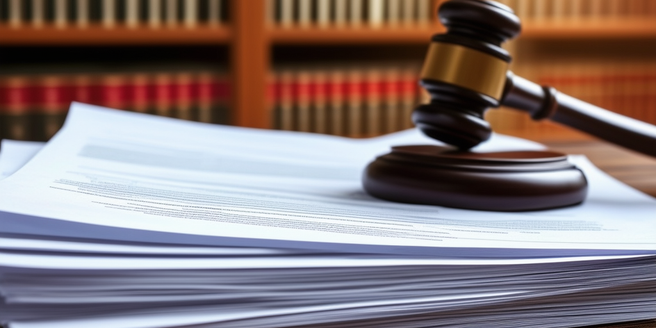
Understanding Small Claims Court
Small claims court is designed to resolve minor disputes over money or property swiftly and less formally than higher courts. Typically, the maximum amount you can sue for is capped, varying by jurisdiction. The process is straightforward: you present your case, and the judge makes a decision. It’s essential to remain calm and composed during your presentation. Keeping emotions in check can help the judge focus on the facts. While legal representation isn’t strictly necessary, having a clear, concise argument backed by evidence is crucial. Additionally, understanding the rules and procedures of the court can give you a significant advantage. Preparing adequately can significantly impact the outcome.
Eligibility Criteria for Small Claims Cases
To file a small claims case, certain criteria must be met. First, the claim amount should be within the court’s monetary limit, which varies by location. Secondly, the case should involve a straightforward dispute, often related to unpaid debts, property damage, or contractual breaches. Typically, the disputes are relatively uncomplicated and can be resolved quickly. It’s important to provide clear evidence to support your claim. Additionally, the plaintiff must be directly involved in the claim, meaning they cannot file on behalf of someone else. Understanding these prerequisites helps ensure your case is valid for small claims court.
Steps to Prepare Your Case Documentation
Proper documentation is critical when preparing for a small claims case. Gather all relevant evidence, including contracts, receipts, photos, and correspondence. It may also be helpful to obtain witness statements if applicable. Thorough preparation helps in presenting your case effectively. Make sure to familiarize yourself with the court procedures and rules. Organize these documents chronologically and ensure they are easily accessible. Create a concise summary outlining the key points of your case and how your evidence supports your claims. Practice presenting your case logically and confidently. Adequate preparation can make a substantial difference in the judge’s perception of your argument.
Filing Your Small Claims Petition
Once you have prepared your case documentation, the next step is to file your small claims petition. This involves filling out the necessary forms, which typically require details about the plaintiff, defendant, and the nature of the dispute. Be precise and provide all relevant information. Make sure to double-check all entries to avoid any mistakes. If you’ve never filed a claim before, you may want to seek advice from a legal professional. Submit the forms to the appropriate court, pay the filing fee, and obtain a court date. Filing accurately is crucial, as errors can delay the process or undermine your case.
Serving the Defendant
After filing your small claims petition, you must serve the defendant with the court papers. This ensures the defendant is informed about the case and the court date. Adequate notice is a fundamental right in legal proceedings. It is important to understand that improper service can lead to delays or even case dismissals. Service can be done through various methods, including personal delivery, certified mail, or hiring a professional process server. Be sure to follow your jurisdiction’s specific rules for proper service. Accurate and timely service is essential; failing to do so can result in the dismissal of your case.
Attending the Small Claims Hearing
Attending the small claims hearing involves presenting your case before a judge. Arrive early, dress appropriately, and bring all your documentation. Be prepared to state your case clearly, listen to the defendant’s response, and respond to any questions from the judge. While it might feel intimidating, staying focused can make a significant difference. It’s important to organize your evidence logically. Remain calm and respectful throughout the proceedings. The judge will make a decision based on the evidence presented. Whether you win or lose, you have the option to appeal the decision if you believe there was an error in the process.
